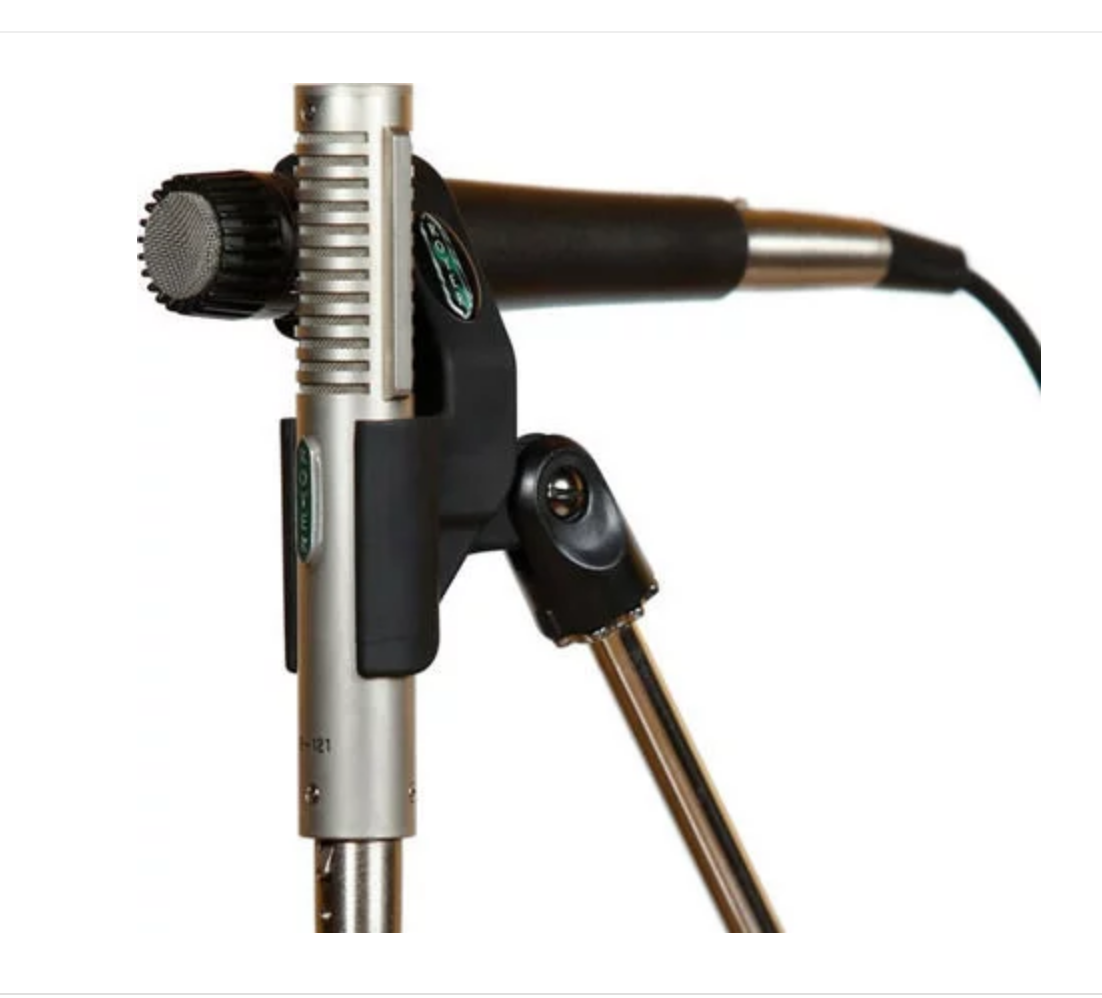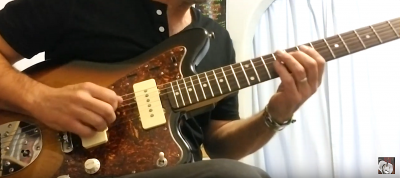Multiple Mic Setups For Guitar |
|
|
|
|
|
| Oct 20 2020, 05:16 PM |
|
Using multiple mics on a source is a skill that, as Todd notes, takes patience. Regarding phase ... "If" you can keep the capsules (inside element/part that picks up the sound) equidistant, you won't have a problem. This is the general technique for using a dynamic and a ribbon. But you may want/like the sound of one of them a little further back. That can cause the phasing issue. Lowering the gain on the farther back mic will usually help as will moving it far enough back that the gain is naturally lowered by the distance. *Search "3 to 1 rule when multiple micing". Flipping the polarity switch on your interface or in your daw can correct the problem. A lot of the time just moving the mic a couple of millimeters in any direction. You can slide one track forward or back in time a few ms. There's also plugins (as well as hardware) that can phase/time align ... https://www.google.com/search?client=firefo...software+plugin
Here's a photo of the classic, rock and roll positioning for a dynamic mic and a ribbon mic ...  If you dig the out of phase sound for your track - go for it. It's not a "rule". There is a ton of info on which mic is good for what sound/source. As far as electric guitar goes, the general starting points are these: Dynamic for the punch, Condenser for the clarity of both highs and lows and Ribbon for the mids (especially distorted mids). This is just a a general starting point. All 3 are used interchangeably and again, there are no rules. As an example, when the Ramones recorded electric guitar, they usually mic'd Johnny's cabs with Neumann U87 and U67 microphones which are classic vocal mics known for their warmth and detail. And if you're familiar with the Ramones you know that "warmth" is not exactly how you'd describe Johnny's guitar sound. Bottom line - use your ears. -------------------- - Ken Lasaine
https://soundcloud.com/klasaine2/foolin-the-clouds https://soundcloud.com/klasaine2/surfin-at-the-country-hop Soundcloud assorted ... https://soundcloud.com/klasaine3 New record ... http://www.cdbaby.com/cd/kenlasaine Solo Guitar ... https://www.youtube.com/playlist?list=PLXZh...5iIdO2tpgtj25Ke Stuff I'm on ... https://www.youtube.com/playlist?list=PLXZh...b-dhb-4B0KgRY-d |
|
|
||
1 User(s) are reading this topic (1 Guests and 0 Anonymous Users)
0 Members:






















